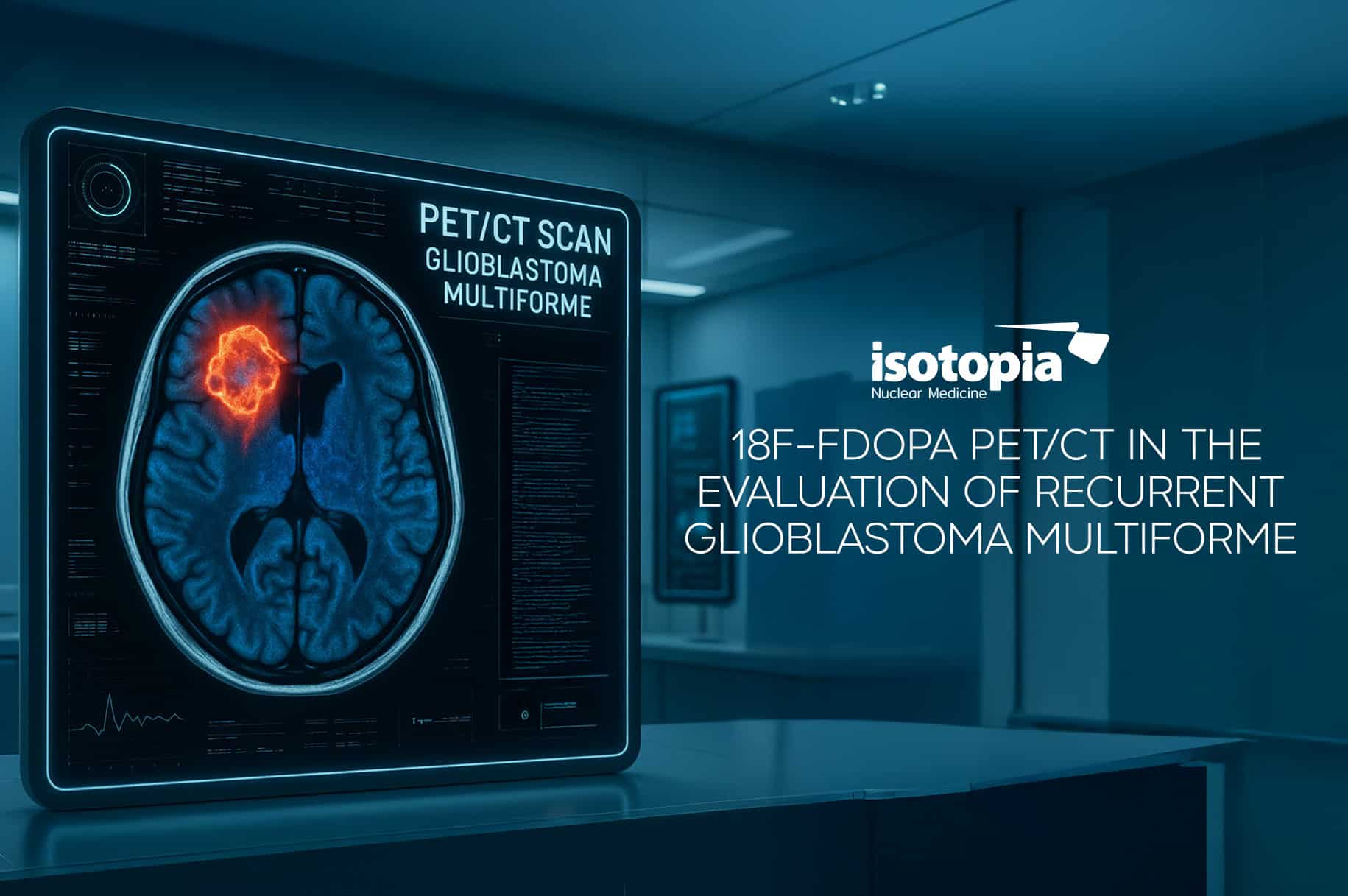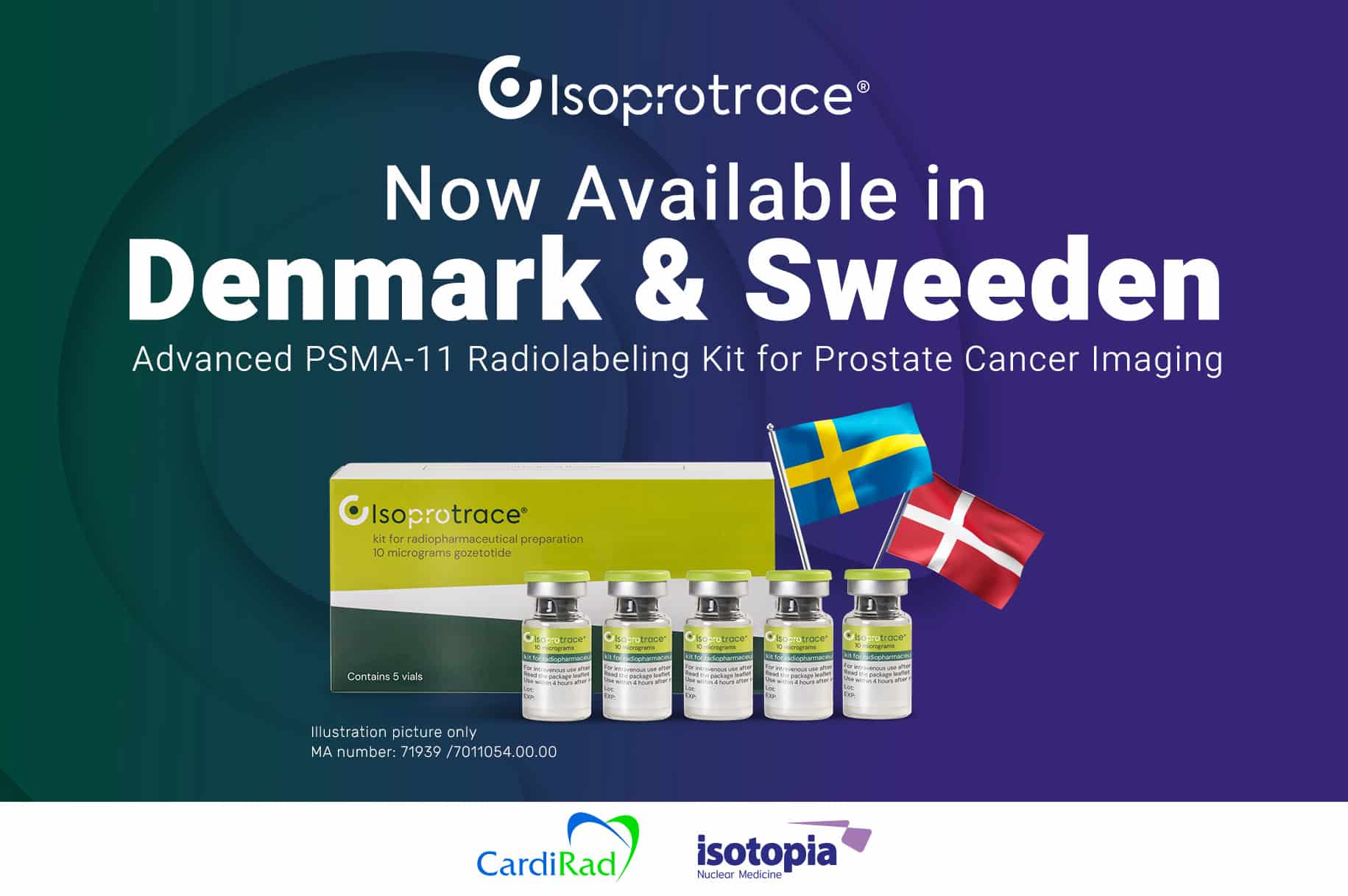Castration resistance is a term used to describe the development of resistance to androgen deprivation therapy (ADT) in prostate cancer patients. ADT is a common treatment for prostate cancer that works by reducing the levels of male hormones (androgens) in the body, which can in turn slow the growth of prostate cancer cells.
However, over time, some prostate cancer cells may become resistant to ADT, ultimately leading to the development of castration-resistant prostate cancer (CRPC), which is considered the lethal phase of prostate cancer, as it is associated with poor prognosis and limited treatment options.
There have been significant therapeutic advances in the treatment of prostate cancer in the last two decades. Some of these advances include the introduction of sipuleucel-T, docetaxel, cabazitaxel, androgen receptor pathway inhibitors (ARPIs), poly(ADP-ribose) polymerase (PARP) inhibitors, radium-223 (223Ra), and most recently PSMA targeted therapy with Lutetium-177 labeled anti-PSMA 617 (177Lu-PSMA-617).
Prostate-specific membrane antigen (PSMA) has been recognized as an important imaging and therapeutic target in prostate cancer due to the low level of expression in normal tissue compared to prostate cancer cells. This means that PSMA can be used to specifically target prostate cancer cells while minimizing damage to normal cells.
In recent years, PSMA-directed radiotracer imaging and therapy have shown promising results in the treatment of prostate cancer. For example, lutetium-177 labeled PSMA 617 (177Lu-PSMA-617) is a radionuclide therapy that delivers beta radiation to PSMA-expressing prostate cancer cells. In March 2022, 177Lu-PSMA-617 was approved by the Food and Drug Administration (FDA) for metastatic castration-resistant prostate cancer (mCRPC) based on improved radiological progression-free survival (rPFS), overall survival (OS), and quality of life for men with metastatic prostate cancer seen in the phase III VISION trial [1].
Different radioisotopes used in radionuclide therapy possess different radiation properties. While the most established agents use beta particles, such as Iodine-131, Samarium-153, Strontium-89, Yttrium-90, [2], there is growing research interest in highly potent, short path length alpha particles like Actinum-225, ultra-short path length Auger electrons such as Terbium-161, or combinations thereof.
One study in this direction is the VIOLET study, which is a phase I/II trial that evaluates [161Tb]-Tb-PSMA-I&T radioligand treatment in men with metastatic castration-resistant prostate cancer.
Terbium-161 (161Tb) offers beta emission comparable to 177Lu with the addition of Auger electrons which have a high linear energy transfer and a very short range. [161Tb]-Tb-PSMA has shown superior in-vitro and in-vivo results in comparison with [177Lu]-Lu-PSMA.
First results from the VIOLET study
First results from the VIOLET study were presented in the recent EANM23 meeting as an oral presentation entitled “Radiation-absorbed dose in patients with metastatic castration-resistant prostate cancer treated with [161Tb] Tb-PSMA-I&T: first results of the VIOLET phase I/II study” [3]. It demonstrated that radiation-absorbed doses following [161Tb]-Tb-PSMA-I&T are within a safe and expected range for normal organs with physiological uptake.
Clinical results of the VIOLET
The clinical results of the VIOLET study are expected to be released at the end of 2024.
References
- Sartor S, de Bono J, Chi KM, et al; VISION investigators. Lutetium-177-PSMA-617 for metastatic castration-resistant prostate cancer, N Engl J Med.2021;385(12):1091-1103. DOI: 1056/NEJMoa2107322
- Welsh, J. S. (2007). Beta Decay in Science and Medicine. American Journal of Clinical Oncology, 30 (4), 437-439. doi: 10.1097/01.coc.0000258753.09234.0c.
- Eur J Nucl Med Mol Imaging (2023) 50 (Suppl 1: S1-S898) S189-190.

Haim Golan
MD MSc
Chief Medical Officer
Medical Adviser
Isotopia Molecular Imaging LTD






